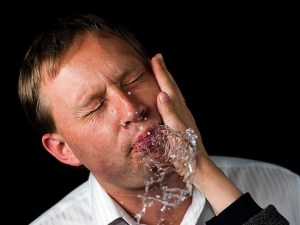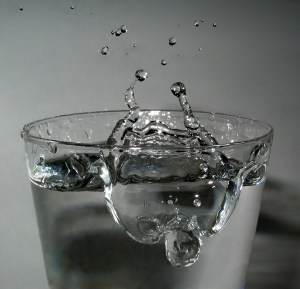
Several months ago, Daniel Blumstein of UCLA approached me with an offer — fancy leading a Special Section in a new Frontiers journal dedicated to conservation science?
I admit that my gut reaction was a visceral ‘no’, both in terms of the extra time it would require, as well as my autonomous reflex of ‘not another journal, please‘.
I had, for example, spent a good deal of blood, sweat, and tears helping to launch Conservation Letters when I acted as Senior Editor for the first 3.5 years of its existence (I can’t believe that it has been nearly a decade since I left the journal). While certainly an educational and reputational boost, I can’t claim that the experience was always a pleasant one — as has been said many times before, the fastest way to make enemies is to become an editor.
But then Dan explained what he had in mind for Frontiers in Conservation Science, and the more I spoke with him, the more I started to think that it wasn’t a bad idea after all for me to join.








